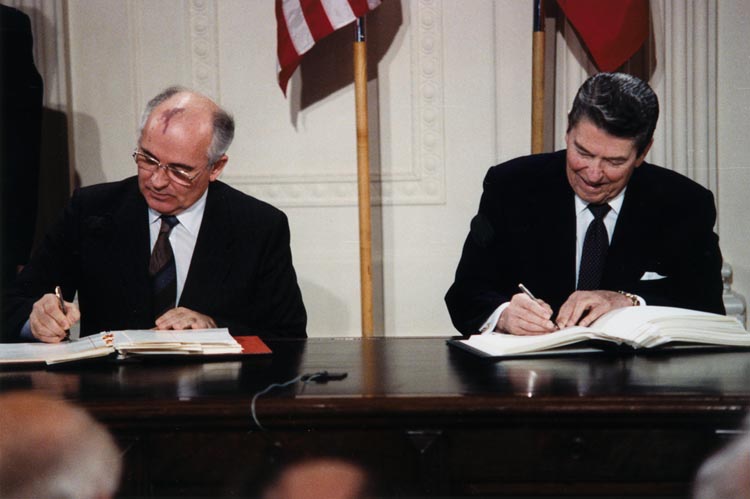Key Points:
- Syria remains a complicated and chaotic conflict
- A U.S. departure from the region is likely to exacerbate already volatile conditions
- U.S. presence is vital to countering Russian influence in the region
Background:
The nearly eight-year-long conflict began as protests. The uprising, a product of the Arab Spring, began when a group of children were arrested for spray painting “the people want to topple the regime” on a school wall in March 2011. The children’s arrests and the government’s strong response to their vandalism sparked protests that quickly escalated into all-out war between the Syrian Government and antigovernment rebel groups.
The conflict quickly became more complicated as international players began vying for influence and taking sides. Russia and Iran quickly came to Syrian President, Bashar al-Assad’s, aid. While the U.S., Saudi Arabia, Turkey, and other regional players backed the rebels. Lines of effort in Syria concentrated on the destruction of the Islamic State (which found ideological footing and real estate out of the conflict), violence between Syrian government forces and opposition fighters, and Turkish military operations against Syrian Kurdish fighters (backed by the U.S. and an integral pillar of the successful fight against ISIS).
The rise of ISIS in Iraq and Syria, and the exporting of terror to the Western world, compelled the U.K. and France to join the U.S. led coalition – greatly expanding the air campaign in the region. The U.S. has been involved in Syria (in some way) since 2011 when the U.S. ordered sanctions against Assad for human rights violations. In early 2013, the U.S. sent food and medical supplies to Syrian rebels in an effort to stymie the influence of radical Islamist groups vying for control in the chaos. The fall of 2014 saw the first kinetic intervention by the U.S. when American jets targeted ISIS in Raqqa. By the fall of 2015, the complicated dynamics of Syria became more so when Russia began building its military presence and launched their own airstrikes in support of the Assad regime.
What Has Happened: President Trump has long been critical of U.S. involvement in Syria. His criticism of U.S. intervention began when he was still a private citizen and continued through the first year of his presidency. As recent as this spring, President Trump championed a swift exit from the conflict, only to be challenged by his national security advisors. Despite this counsel and despite the administration’s strong military response in April to Assad’s continued use of chemical weapons, President Trump appears to have decided that it is time for U.S. forces to leave Syria. President Trump has ordered the rapid departure of approximately 2,000 American forces currently operating in Syria. The departure is expected to take less than a month and is justified by the decreased power, influence, and footprint of ISIS.
Why it Matters:
Our involvement in Syria may have started with the mission to counter ISIS but the conflict has evolved to a point where Russia and Iran are larger considerations than ISIS or Assad. The announced troop withdrawal is a reversal of Pentagon policy and position. Secretary Mattis has been a proponent of continued presence and engagement in Syria as a measure to counter Iran and prevent the resurgence of other extremist groups.
Additionally, Syria is important as it offers the U.S. an opportunity to counter Russian influence in the region directly. The conflict in Syria has provided a platform for the Kremlin to act as a broker in the Middle East and it allows for a constant military presence in the strategic region. Given the White House’s priority to counter near-peer competitors like China and Russia, this decision is surprising.
At this stage in the conflict, the U.S. strategy is concerned first with Russia, then Iran, Turkey, and finally ISIS and Assad. Furthermore, Tensions with NATO ally Turkey have been high throughout 2018. Most recently, Erdogan has threatened military action against the U.S.-backed Kurdish fighters in northeastern Syria. This threat was lobbied with the overt understanding and that U.S. forces could be caught in the crosshairs. President Trump has vowed to abandon support of the Kurdish groups that Turkey sees as terrorist organizations, but that promise has been slow to unfold. This announcement could be an essential element in easing tensions between the U.S. and Turkey – an important strategic partnership.
“It’s important to recognize that while U.S. actions in Syria were initiated to terminate the Islamic State, and that mission has largely been accomplished, geopolitics in the region continue to be of concern especially actions by Russia and Iran. Leaving Syria at this time puts in jeopardy U.S. options to counter Russian and Iranian malign behavior and cedes them an advantage counter to the U.S. national security strategy.” Lieutenant General (Ret.) David Deptula
“This departure creates an opportunity for Hezbollah’s expansion and a higher rate of Israeli preemptive strikes. These strikes have the potential for escalation and could draw the U.S. presence back into the region at higher stakes.” Lieutenant General (Ret.) Frank Kearney
Original Post 12/20/2018




